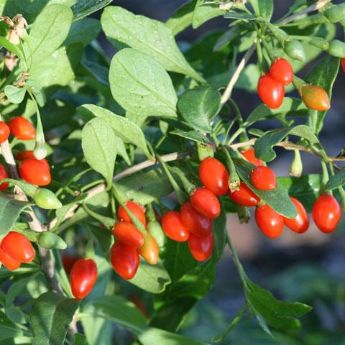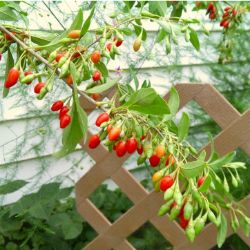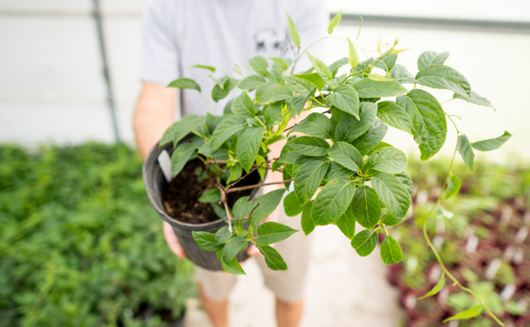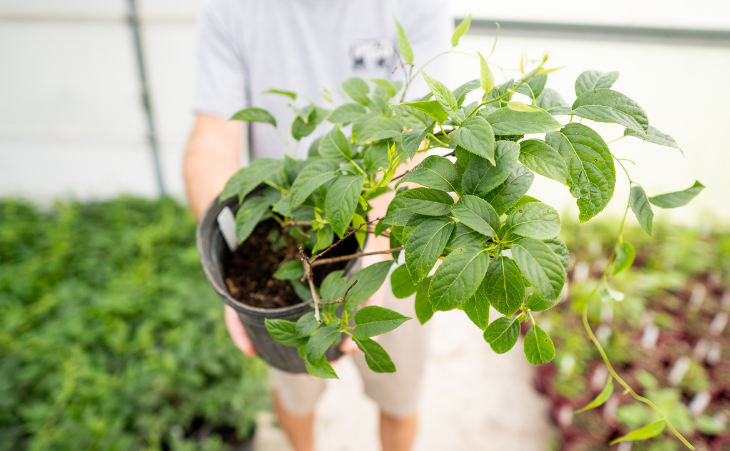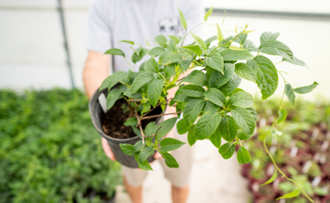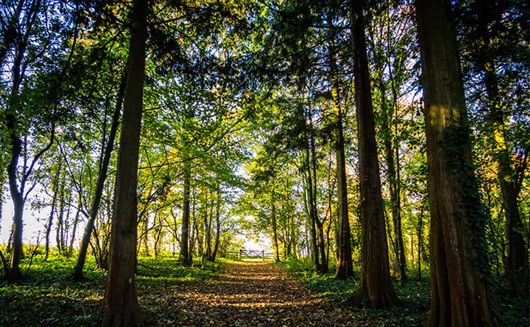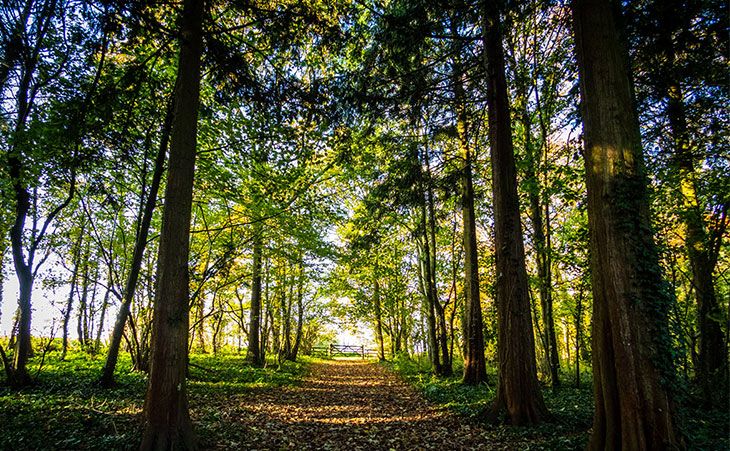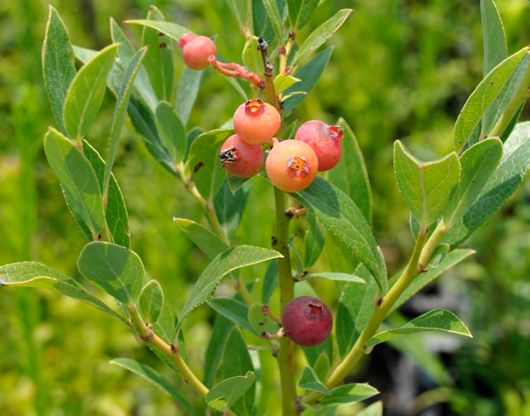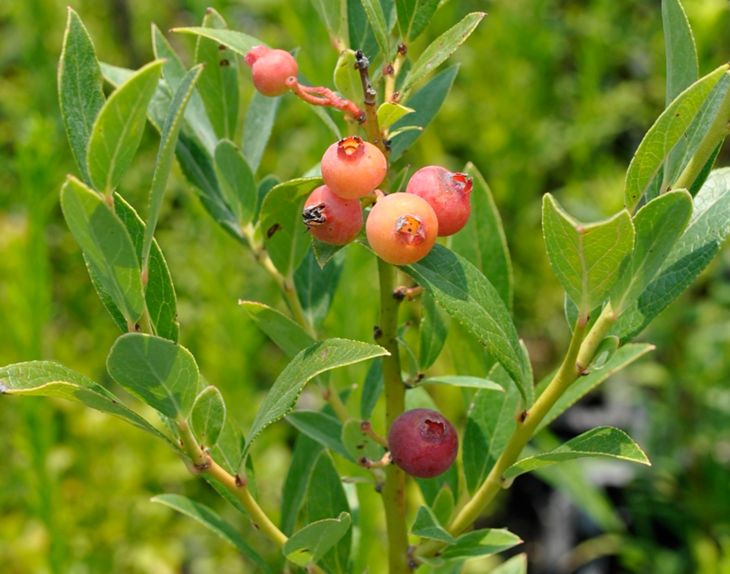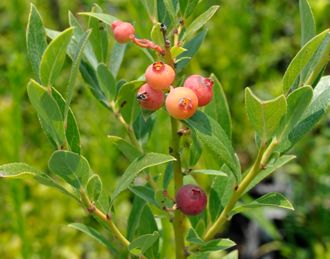Goji Berry Plants
Goji Berry Plants Buyer's Guide
Also called wolfberry plants
Extra-sweet and extra-nutritious! Usually found in pricey health-food stores, antioxidant-jammed Goji berries tolerate an array of growing conditions. The plants produce a valuable harvest you can freeze, dry or juice, in addition to enjoying the just-picked berries. Use fresh goji berries on cereal or go wild and substitute them for half of the tomatoes in your favorite salsa recipe. Anywhere you can use a blueberry or cranberry, you can use goji!
Goji berry plants grow as long, rambling canes. Goji naturally wants to run along the ground, so staking or a trellis will save space and protect your fruit. As these plants mature, they may develop thorns that can be pruned off if desired. In early summer, fruit will begin to ripen into brilliant little oblong fruits that will continue coming until a heavy frost. They are deciduous, self-pollinating and thrive in almost any location.
To ensure your growing success and satisfaction, there are a few things to consider when you buy a goji berry plant.
Zone Compatibility
Your climate plays an important role in whether goji berry plants will produce fruit or even survive. Before ordering a plant, make sure its recommended hardiness zone range includes your area.
Proper Pollination
All of our goji berry plants are self pollinating. Even so, we still recommend planting another goji berry variety in your yard for optimum fruit production.
Maintenance for Goji Berry Plants
While these plants are low-maintenance and require minimal pruning, it’s important to note that Goji berries can be considered invasive, or at least aggressive growers, in some regions of the United States. To ensure responsible cultivation, we recommend checking with your local agricultural extension office or gardening center for guidance on planting and maintaining Goji berries in your area.

